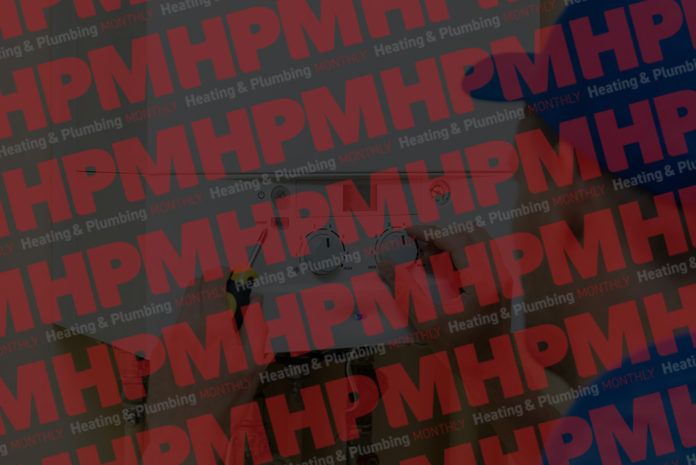
HPM technical expert John Love continues his mini-series of articles on the circumstances for changing to a sealed heating system.
In part one I looked at the requirements for system cleansing when replacing an existing boiler.
Whilst virtually all new systems are of the sealed type, there are still many existing systems around which are open vented so one needs to decide whether to leave a system open vented or change it to a sealed one.
The question is, will it hold water? An open vented system in a two-storey property is likely to have been operating with a static head of around 5m (0.5 bar) at the lowest point – and much less than this on the upper floor.
If you are converting it to sealed system operation, then it will typically have a 1.0 bar cold fill pressure, and this is likely to rise to between 1.5 bar and 2.0 bar when the system is hot. But this will not be the maximum pressure that the system may have to withstand. A normal sealed system safety valve has a setting of 3.0 bar, so it would be prudent to pressure test the system to at least 3.5 bar and all parts of the system need to be fully accessible for inspection – you do not want to find leaks in inaccessible positions.
Just because a system has no history of leakage, it does not mean that everything is 100% sound. I know many situations where existing piping is exposed and leaks are discovered at compression, and even soldered joints, that have sealed themselves up. I had a situation in an eight-year-old system where a soldered fitting had not been soldered, but it was such a tight fit that there was no leakage, until it was pressure tested at 3.5 bar and blew off the pipe.
There is also the question of corrosion, which is a higher risk with open vented systems compared to sealed ones, and with old radiators it is always possible that it is the paint which is holding the rust together and preventing water leakage. At a higher pressure the rust may, of course, give way.
If pressure testing is too risky then one solution is to separate the new boiler from the existing system by using a small plate heat exchanger. They are very compact and a unit measuring around 300 x 130 x 50 can have a heat transfer capacity exceeding 50kW, depending upon configuration and temperatures.
The new boiler is installed as part of a new, small, sealed heating system, with a pump and three-port control valve which passes water to the DHW cylinder and the primary side of the plate heat exchanger. The existing space heating system is connected to the secondary side of the heat exchanger, but it will need a second pump. The existing heating cold feed (CF) and safety open vent (SOV) are connected together at the F&E tank to give a combined CF/ SOV and this is connected to the flow from the heat exchanger to the pump.
This solution also overcomes a common problem where properties are being extended, possibly with an attic extension. With an open vented system it may not be possible to re-locate the feed and expansion cistern at a high enough level to cover new radiators in the attic. Instead, a new circuit can be installed to the attic and connected from the sealed system primary pipework to the heat exchanger. However, the pressure drop through the heat exchanger will be quite high so the water will choose the lower resistance path of the attic circuit. You therefore need to ‘throttle down’ the radiator valves but this may cause noise problems, particularly with TRVs, so you need to install a regulating valve on the return from circuit.
A further advantage of this solution is that the existing system can gradually be replaced or re-piped, as the property is re-furbished in the future, connecting from the sealed system. Make the connections for the attic circuit 22mm and leave valved 22 branches from them for future extension.
The waterways in the plate heat exchanger are quite narrow so installing a magnetic filter on the open vented system return would be prudent. This is particularly important if there are old cast iron radiators in the system, which are extremely difficult to thoroughly flush.
The controls for such a system are exactly the same as for any modern fully pumped system, except that a space heating demand, as well as switching the boiler, pump or control valve in the normal way, will also switch on the secondary space heating pump.
